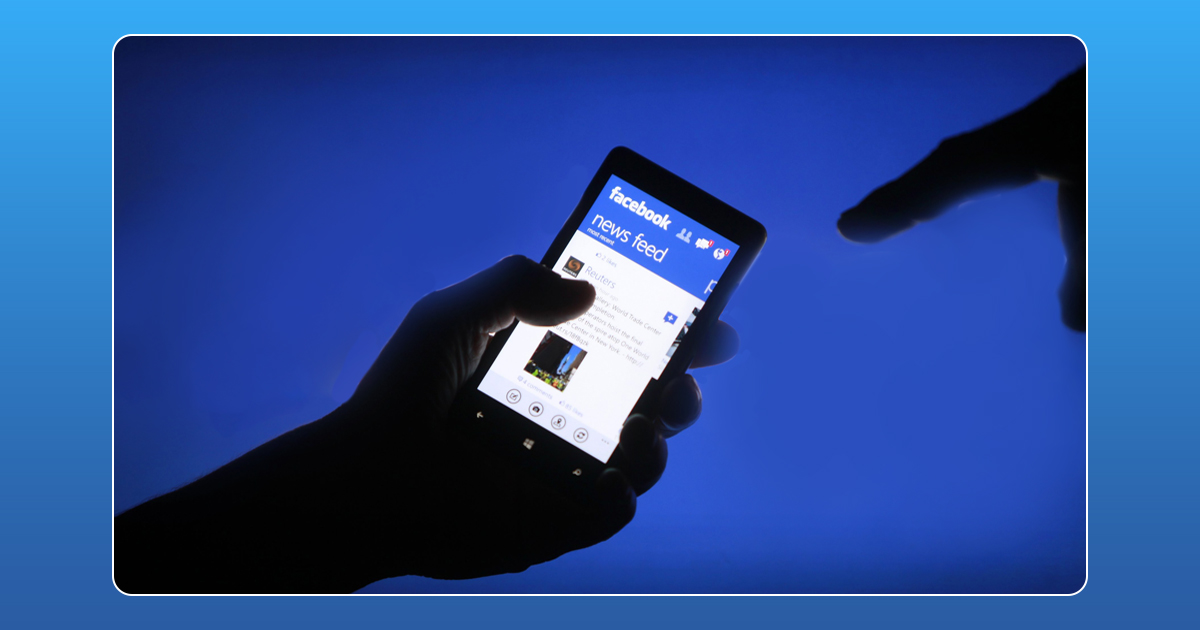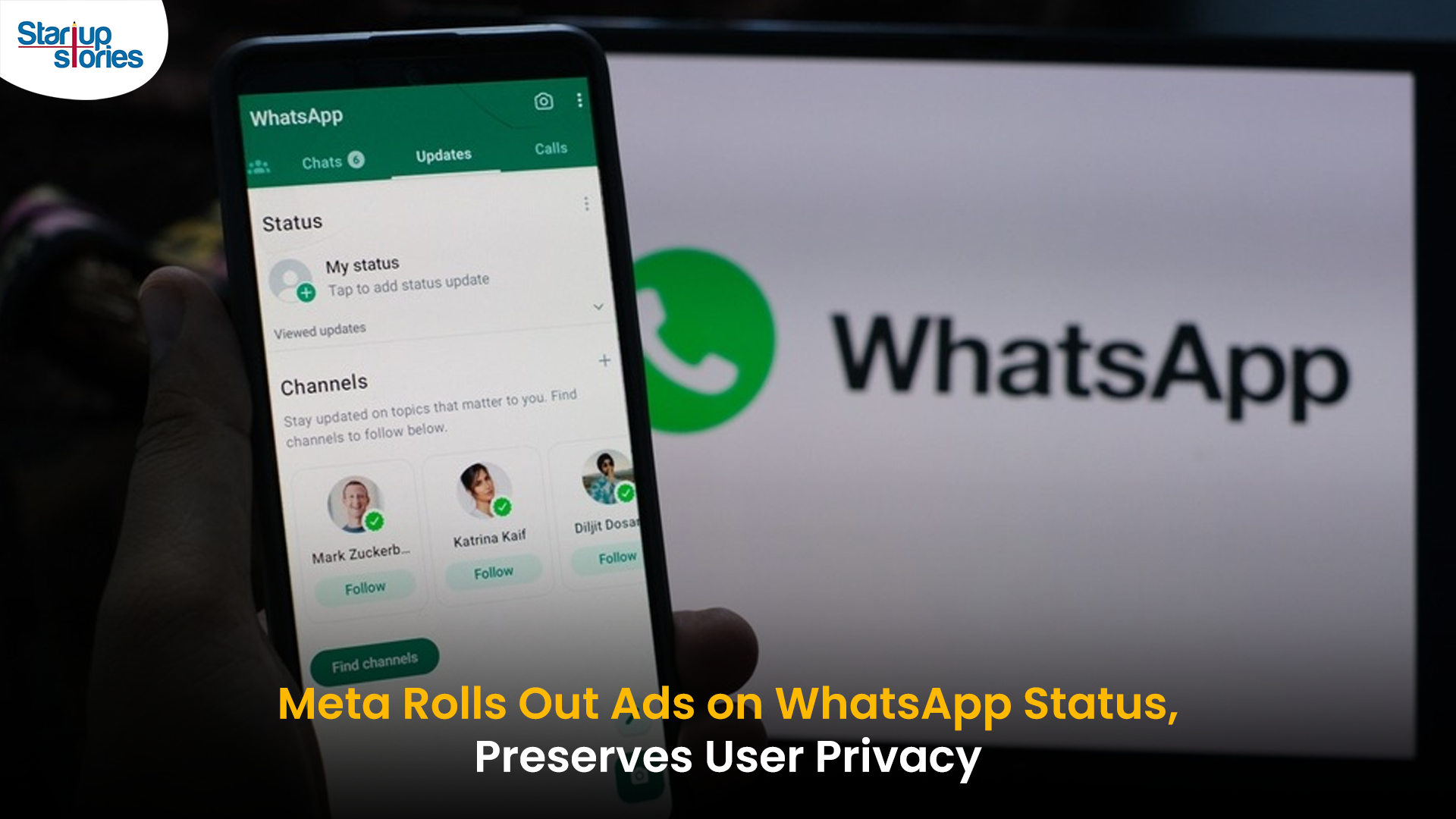Technology
Want To Join A Facebook Group? Answer Few Questions Before Joining

Trust Facebook for the new updates they roll out often. Facebook is now ready with a new feature that allows admins to set up three questions for people requesting to join the group. This new feature is just to ensure that the right people are added to the group and also the newly added member do not troll or spam the group.
This new feature is now rolled out globally to 100% of the group admins. A spokesperson from Facebook said: “Screening new membership requests requires time and legwork for admins — particularly for groups built around focused passions or purpose. For these groups, admins typically have specific criteria they require before admitting new members. Establishing these open ended questions enables them to more quickly review and approve member requests; in turn, people seeking communities of support or shared interest can more quickly connect with others.”
Users who wish to join a group will be given a questionnaire to fill out immediately, and those invited to join will be notified with a notification linked to the form. The replies must be up to 250 characters each that can be seen by admins and will not be posted on the groups.
With this, the Group admins will have more control over the applicants they choose and moreover, they can filter out those troublemakers.
In a separate note, Facebook is holding its first communities Summit for Group Admins in Chicago this June.
News
Google Launches Startup Hub in Hyderabad to Boost India’s Innovation Ecosystem

Google has launched the Google Startup Hub Hyderabad, a major step in strengthening India’s dynamic startup ecosystem. This new initiative aims to empower entrepreneurs, innovators, and developers by giving them access to Google’s global expertise, mentoring programs, and advanced cloud technology. The hub reflects Google’s mission to fuel India’s digital transformation and promote innovation through the Google for Startups program.
Located in the heart of one of India’s top tech cities, the Google Startup Hub in Hyderabad will host mentorship sessions, training workshops, and networking events designed for early-stage startups. Founders will receive Google Cloud credits, expert guidance in AI, product development, and business scaling, and opportunities to collaborate with Google’s global mentors and investors. This ecosystem aims to help Indian startups grow faster and compete globally.
With Hyderabad already home to tech giants like Google, Microsoft, and Amazon, the launch of the Google Startup Hub Hyderabad further cements the city’s position as a leading innovation and technology hub in India. Backed by a strong talent pool and robust infrastructure, this hub is set to become a growth engine for next-generation startups, driving innovation from India to global markets.
Technology
Jio Unveils Cloud PC Service to Bring Affordable Computing to Indian Households

- Jio Platforms has launched JioPC, a cloud-based virtual desktop service that transforms any television connected to a Jio Set Top Box into a fully functional computer.
- Users simply connect a keyboard and mouse to access a desktop-like environment, complete with web browsing, productivity tools, and educational apps—all without needing a physical PC or extra hardware.
- The service is device-agnostic and works with all consumer PC brands, making advanced computing accessible and affordable for millions across India.
JioPC is designed to support a wide range of activities, from professional work to online learning and creative projects. By leveraging Jio’s robust cloud infrastructure, users can run even compute-intensive AI applications directly from their TV screens. The platform also ensures data security and reliability, as all files and settings are safely stored in the cloud, protecting users from data loss even if their device is reset or replaced.
With JioPC, Jio aims to democratize digital access and bring high-performance computing to Indian households at a fraction of the traditional cost. The service supports popular productivity suites like LibreOffice and Microsoft Office online, and Jio is offering a free trial to encourage users to experience the benefits firsthand. This innovative move is set to reshape how people in India work, learn, and connect in the digital age.
Technology
WhatsApp Introduces Ads in Updates Tab, Keeps Chats Ad-Free

Meta has officially begun rolling out ads on WhatsApp, ending over a decade of an ad-free experience since its acquisition in 2014. The advertisements will appear only in the Updates tab, specifically within the Status feature, which lets users share photos, videos, and text updates that disappear after 24 hours—similar to Instagram Stories.
Where Ads Will Appear
- Ads will be visible exclusively in the Status section of the Updates tab, keeping personal and group chats ad-free.
- Businesses can use these ads to encourage users to interact via WhatsApp messaging.
- Meta is also introducing paid channel subscriptions and promoted channels within the Updates tab, allowing users to access premium content and discover new channels more easily.
Privacy and Targeting
Meta has emphasized that private messages, calls, and group chats will remain end-to-end encrypted and free from advertising. Ads will be personalized using limited, non-sensitive data such as location, language, followed channels, and ad interactions. Users can further manage ad preferences if they link WhatsApp to Meta’s Accounts Center.
User and Business Impact
The move marks a major shift for WhatsApp, which has long resisted advertising to preserve a clean messaging experience. While some users have criticized the change, Meta sees this as a significant opportunity to monetize WhatsApp’s 3 billion users and over 200 million businesses on the platform.
In summary, WhatsApp’s new ads will be confined to the Updates tab, ensuring personal messaging remains private and uninterrupted, while opening new monetization avenues for Meta and businesses.













morcp
June 7, 2025 at 10:41 am
buy generic clomiphene without dr prescription how can i get cheap clomiphene price clomid generico clomid price at clicks order clomid without a prescription can i order cheap clomid online clomiphene tablets price in pakistan
CletusTance
August 7, 2025 at 11:11 am
IverCare Pharmacy: IverCare Pharmacy – IverCare Pharmacy
RonaldEnarm
August 7, 2025 at 7:27 pm
https://ivercarepharmacy.shop/# ivermectin 0.5 lotion india
topical ivermectin for cats
Jamesdig
October 11, 2025 at 9:50 am
http://medivermonline.com/# generic ivermectin online pharmacy
generic ivermectin online pharmacy
XavierThafe
October 11, 2025 at 7:07 pm
order Stromectol discreet shipping USA: Stromectol ivermectin tablets for humans USA – Stromectol ivermectin tablets for humans USA
J88
November 5, 2025 at 10:40 pm
Đến với J88, bạn sẽ được trải nghiệm dịch vụ cá cược chuyên nghiệp cùng hàng ngàn sự kiện khuyến mãi độc quyền.
iwin
November 7, 2025 at 1:30 am
iwin – nền tảng game bài đổi thưởng uy tín, nơi bạn có thể thử vận may và tận hưởng nhiều tựa game hấp
站群程序
November 14, 2025 at 1:25 pm
搭载智能站群程序,自动化搭建与管理,为SEO项目提供核心驱动力。站群程序
GO88
November 14, 2025 at 5:07 pm
Tham gia cộng đồng game thủ tại Go88 để trải nghiệm các trò chơi bài, poker phổ biến nhất hiện nay.
IndianPlets
November 15, 2025 at 8:21 pm
Indiava Meds: online medicine – online medicine
MM88
November 22, 2025 at 12:29 am
Khám phá thế giới giải trí trực tuyến đỉnh cao tại MM88, nơi mang đến những trải nghiệm cá cược thể thao và casino sống động.
Kuwin
November 23, 2025 at 4:05 pm
kuwin sở hữu kho game đa dạng từ slot đến trò chơi bài đổi thưởng, mang đến cho bạn những giây phút giải trí tuyệt vời.
MM88
November 29, 2025 at 7:52 am
Với giao diện mượt mà và ưu đãi hấp dẫn, MM88 là lựa chọn lý tưởng cho các tín đồ giải trí trực tuyến.
online Gambling
December 19, 2025 at 4:26 am
online Gambling online Gambling